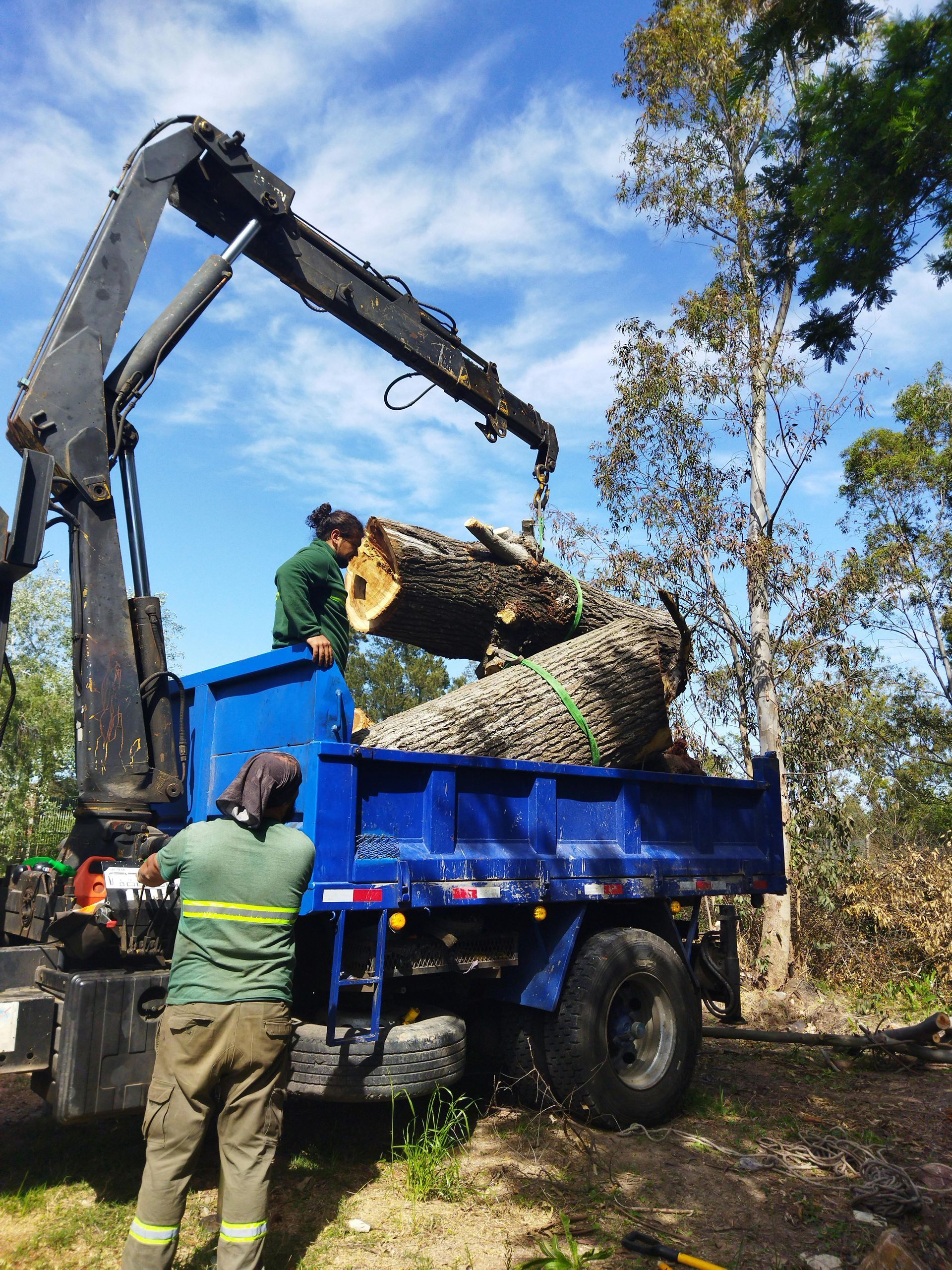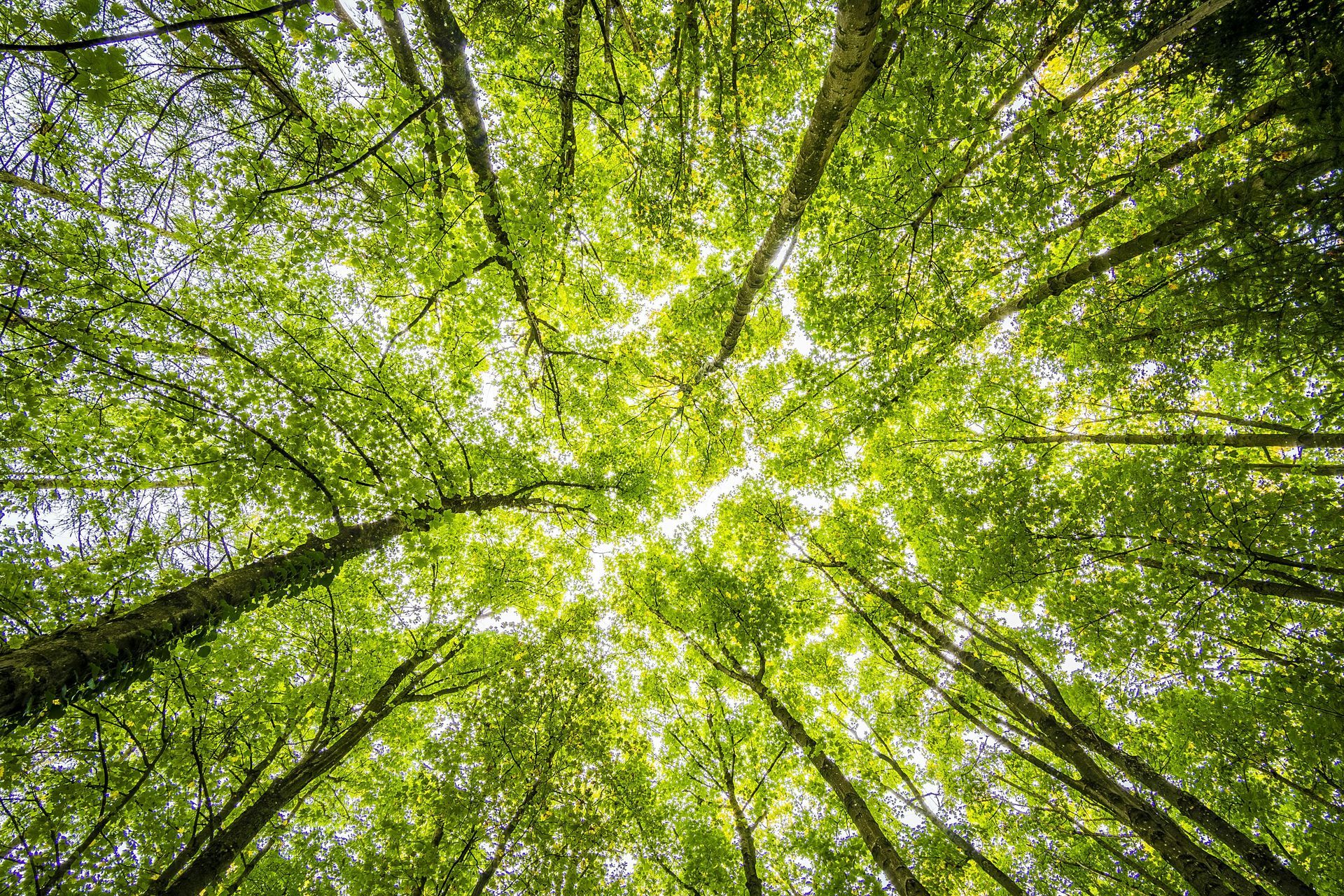When Your Trees Struggle in Wet Weather: Expert Solutions from Aurora Tree Service
Wet weather can be a double-edged sword for your landscape. While trees need water to thrive, too much moisture can quickly transform from a blessing into a serious threat to tree health. If you've noticed your trees looking less vibrant after extended periods of rain, you're not alone—and you're right to be concerned.
Understanding how excessive moisture affects trees and knowing what steps to take can mean the difference between saving a beloved tree and watching it decline beyond recovery. This guide will help you identify the warning signs, implement immediate solutions, and understand when to call in the professionals at Aurora Tree Service for expert intervention.
How Wet Weather Wreaks Havoc on Trees
Excessive moisture creates a perfect storm of conditions that stress trees in multiple ways. Unlike drought, which slowly weakens trees over time, wet weather can cause rapid deterioration that catches homeowners off guard.
Root Rot: The Silent Killer
When soil becomes waterlogged, tree roots lose access to the oxygen they desperately need. This oxygen deprivation creates an environment where harmful fungi and bacteria flourish, leading to root rot—one of the most destructive conditions trees can face.
Root rot typically starts in the fine feeder roots before spreading to larger structural roots. By the time symptoms appear above ground, significant damage may already be done. The disease literally suffocates the root system, preventing the tree from absorbing nutrients and water effectively.
Fungal Infections Run Rampant
Wet conditions provide ideal breeding grounds for various fungal pathogens that attack different parts of the tree. These infections can target leaves, bark, branches, and even the trunk itself. Common fungal issues include:
- Anthracnose, which causes leaf spots and premature leaf drop
- Cankers, which create sunken areas on branches and trunks
- Powdery mildew, which coats leaves with a white, dusty appearance
- Fire blight, particularly dangerous for fruit trees and ornamentals
Soil Compaction and Poor Drainage
Saturated soil becomes compacted more easily, especially when people or equipment walk on it. Compacted soil prevents water from draining properly, creating a cycle where water continues to pool around tree roots. This compaction also makes it harder for roots to expand and access nutrients.
Nutrient Deficiencies
Ironically, trees surrounded by water can actually become malnourished. Waterlogged soil prevents roots from functioning properly, making it difficult for trees to absorb essential nutrients like nitrogen, phosphorus, and potassium. This leads to yellowing leaves, stunted growth, and overall decline.
Warning Signs Your Trees Are Struggling
Recognizing the early signs of wet weather stress can help you take action before permanent damage occurs. Here's what to watch for:
Visible Symptoms Above Ground
Yellowing or wilting leaves often appear first, particularly from the bottom of the tree upward. Despite having plenty of water available, stressed roots can't deliver moisture to the canopy effectively.
Premature leaf drop is another red flag. Trees may shed leaves to reduce their water needs when their root systems aren't functioning properly.
Stunted new growth indicates the tree is directing its limited energy toward survival rather than expansion.
Fungal growth on the trunk, branches, or around the base signals that conditions favor harmful pathogens.
Below-Ground Indicators
Mushrooms or fungi growing near the tree base often indicate root rot or decay in the root system.
Foul odors emanating from the soil around the tree suggest bacterial infections in waterlogged roots.
Soft or spongy soil that doesn't drain within 24-48 hours after rain stops indicates poor drainage that threatens tree health.
Immediate Actions You Can Take
When you notice your trees struggling with wet conditions, quick action can make a significant difference in their recovery potential.
Improve Drainage Around Your Trees
Create drainage channels to direct water away from tree root zones. Even simple trenches can help redirect standing water.
Install French drains for more severe drainage problems. These underground drainage systems can effectively move water away from tree roots.
Add organic matter like compost to heavy clay soils to improve drainage and soil structure over time.
Avoid walking on waterlogged soil around trees, as this increases compaction and makes drainage problems worse.
Prune Strategically
Remove dead or dying branches to prevent the spread of fungal infections and reduce the tree's energy demands.
Thin the canopy to improve air circulation, which helps reduce fungal problems and allows the tree to dry more quickly after rain.
Make clean cuts with sharp, sanitized tools to prevent introducing additional pathogens to stressed trees.
Monitor and Document
Take photos of concerning symptoms to track changes over time and provide valuable information to tree care professionals.
Keep a log of when problems first appeared and how they've progressed, along with weather patterns in your area.
Check soil moisture regularly by digging down 4-6 inches near (but not directly against) the tree trunk.
Avoid Common Mistakes
Don't add more mulch to waterlogged areas, as this can trap more moisture and worsen the problem.
Resist the urge to fertilize stressed trees, as they can't effectively process nutrients when their root systems are compromised.
Avoid major pruning during wet periods unless removing obviously dead or dangerous branches, as open cuts provide entry points for pathogens.
Professional Solutions from Aurora Tree Service
While homeowners can address some wet weather tree problems independently, many situations require professional expertise and equipment. Aurora Tree Service specializes in diagnosing and treating trees affected by excessive moisture, providing comprehensive solutions that go beyond quick fixes.
Expert Tree Health Assessments
Aurora Tree Service's certified arborists conduct thorough evaluations that identify both obvious and hidden problems. Using specialized tools and techniques, they can:
- Assess root system health without causing additional damage
- Identify specific fungal or bacterial pathogens affecting your trees
- Evaluate soil conditions and drainage patterns
- Determine which trees can be saved and which pose safety risks
Advanced Treatment Options
Soil aeration and amendment services improve drainage and soil structure around affected trees. Professional-grade equipment can address compaction issues that manual methods can't handle effectively.
Fungicide applications target specific pathogens threatening tree health. Aurora Tree Service uses professional-grade treatments that aren't available to homeowners and applies them at optimal timing for maximum effectiveness.
Root zone management involves specialized techniques to improve growing conditions around tree roots, including installation of drainage systems and soil modification.
Systemic treatments can be injected directly into trees to deliver nutrients and protective compounds where they're needed most.
Emergency Tree Services
When wet weather creates dangerous conditions, Aurora Tree Service provides emergency response services. They can safely remove hazardous branches or entire trees that pose risks to property or personal safety.
Their crews are equipped with specialized equipment to work safely in challenging conditions, including waterlogged areas where standard equipment might cause additional damage.
Preventative Care Programs
Aurora Tree Service offers ongoing maintenance programs designed to keep trees healthy and resilient against weather extremes. These programs include:
- Regular health monitoring and early intervention
- Seasonal treatments to prevent common wet weather problems
- Soil management to improve drainage and growing conditions
- Strategic pruning to enhance tree structure and disease resistance
Creating Long-Term Resilience
Beyond addressing immediate wet weather problems, smart homeowners work with professionals to build long-term tree resilience. This proactive approach saves money and heartache by preventing problems before they start.
Site Selection and Tree Placement
When planting new trees, Aurora Tree Service can help you choose species that tolerate wet conditions and recommend optimal planting locations that minimize future problems.
Native and adapted species typically handle local weather patterns better than exotic varieties, making them smart choices for challenging sites.
Soil Health Management
Healthy soil supports healthy trees. Aurora Tree Service can recommend soil amendments and management practices that improve drainage while maintaining the nutrients trees need to thrive.
Regular soil testing helps identify imbalances before they affect tree health, allowing for targeted interventions that address specific deficiencies.
Integrated Pest Management
Wet weather often increases pest and disease pressure. Aurora Tree Service develops comprehensive management strategies that address these challenges while minimizing environmental impact.
When to Call for Professional Help
While some wet weather tree care can be handled by homeowners, certain situations require professional intervention:
- Trees showing multiple symptoms of decline
- Large or mature trees that pose safety risks
- Suspected root rot or serious fungal infections
- Persistent drainage problems around valuable trees
- Any situation where you're unsure about the best course of action
Don't wait until problems become severe. Early intervention by professionals often saves trees that would be lost if treatment is delayed.
Protecting Your Landscape Investment
Your trees represent a significant investment in your property's value and beauty. Wet weather challenges don't have to result in permanent losses when you know how to respond appropriately and when to seek professional help.
Aurora Tree Service combines years of experience with cutting-edge techniques to protect and restore trees affected by excessive moisture. Their comprehensive approach addresses both immediate problems and long-term tree health, ensuring your landscape can weather future challenges.
Contact Aurora Tree Service today for a professional assessment of your trees' condition and a customized treatment plan. Don't let wet weather destroy years of growth—take action now to protect your valuable landscape investment.



